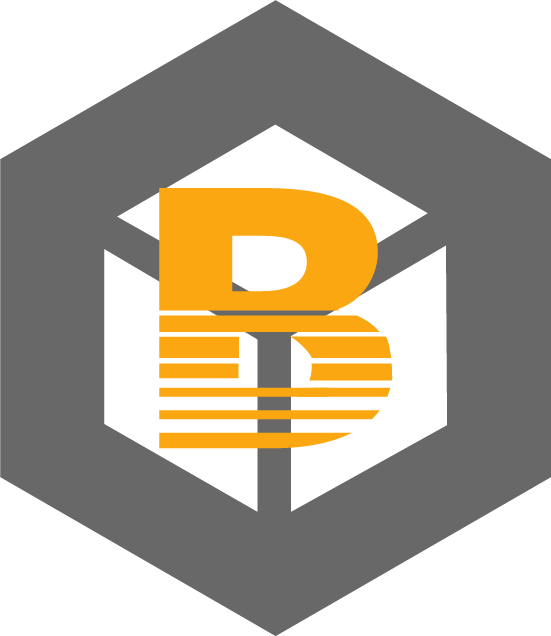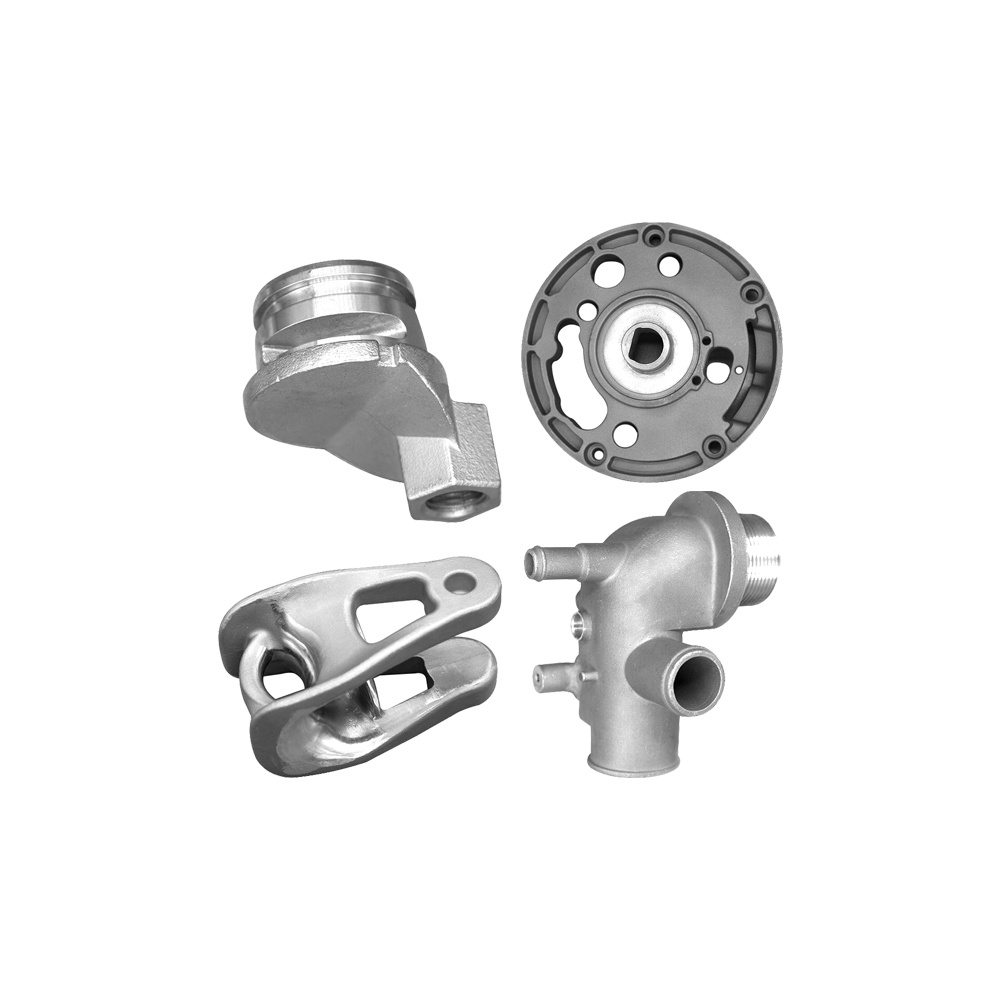 Esperanto
Esperanto
 Shqiptare
Shqiptare
 Euskara
Euskara
 Zulu
Zulu
 Latinus
Latinus
 Cymraeg
Cymraeg
 தமிழ்
தமிழ்
 Slovak
Slovak
 Slovak
Slovak
 Afrikaans
Afrikaans
The Art of CNC Turning: Enhancing Efficiency in Machining
Release time:
2025-06-13
Source:
The Art of CNC Turning: Enhancing Efficiency in Machining
Table of Contents
1. Understanding CNC Turning: A Brief Overview
2. The Importance of CNC Turning in Modern Manufacturing
3. Key Components of CNC Turning Machines
3.1. The Lathe: The Heart of CNC Turning
3.2. Control Systems: Precision at Its Best
3.3. Tooling: Selecting the Right Tools for the Job
4. The CNC Turning Process Explained
4.1. Setup and Calibration
4.2. The Machining Cycle: From Start to Finish
5. Benefits of CNC Turning in Machining
5.1. Enhanced Precision and Repeatability
5.2. Increased Production Speed and Efficiency
5.3. Cost-Effectiveness in Production
6. CNC Turning Techniques for Efficiency
6.1. Adaptive Machining
6.2. High-Feed Turning
6.3. Multi-Tasking CNC Lathes
7. Challenges in CNC Turning and How to Overcome Them
8. Future Trends in CNC Turning Technology
9. Frequently Asked Questions (FAQs)
10. Conclusion: Embracing the Future of Machining
1. Understanding CNC Turning: A Brief Overview
CNC (Computer Numerical Control) turning is a cutting-edge machining process that utilizes computer technology to control machine tools. This automation allows for increased precision, repeatability, and efficiency in producing complex parts and components. CNC turning involves rotating a workpiece against a cutting tool, shaping it into the desired form while ensuring tight tolerances and high-quality finishes.
The process relies heavily on sophisticated software that interprets design specifications and translates them into machine commands. In this article, we will explore the various aspects of CNC turning, its significance in manufacturing, and the techniques that enhance efficiency.
2. The Importance of CNC Turning in Modern Manufacturing
In today’s fast-paced manufacturing environment, efficiency and precision are paramount. CNC turning stands out as a crucial technology that meets these demands. The process caters to a wide array of industries, including aerospace, automotive, medical, and electronics, where precision is critical.
CNC turning allows manufacturers to produce intricate components that require tight tolerances and complex geometries. As the demand for high-quality parts continues to rise, CNC turning provides a viable solution to maintain competitiveness in the marketplace.
3. Key Components of CNC Turning Machines
Understanding the components of CNC turning machines is vital for appreciating their capabilities. Here are the key elements:
3.1. The Lathe: The Heart of CNC Turning
The lathe is the primary machine tool in CNC turning, designed to rotate the workpiece while the cutting tool shapes it. Modern CNC lathes can vary in size and complexity, ranging from small, simple machines to large, multi-axis lathes capable of performing complex tasks.
3.2. Control Systems: Precision at Its Best
Control systems in CNC turning machines interpret the instructions from CAD (Computer-Aided Design) software and execute them with remarkable accuracy. These systems utilize G-code, a programming language specifically designed for CNC machining, which allows for precise control of the machine's movements.
3.3. Tooling: Selecting the Right Tools for the Job
Choosing the appropriate tooling is essential for achieving optimal results in CNC turning. Different materials require specific cutting tools, and the right selection can significantly impact the efficiency and quality of the machining process.
4. The CNC Turning Process Explained
Understanding the CNC turning process is crucial for maximizing efficiency. Here’s a breakdown of the steps involved:
4.1. Setup and Calibration
Before machining begins, the CNC lathe must be set up and calibrated. This includes installing the correct tooling, setting the workpiece, and inputting the necessary parameters into the control system. Proper setup ensures that the machining process starts smoothly.
4.2. The Machining Cycle: From Start to Finish
Once the setup is complete, the machining cycle begins. The CNC machine executes the programmed commands, rotating the workpiece while the cutting tool shapes it according to the specifications. The cycle continues until the desired part is produced, with the system automatically adjusting for any deviations.
5. Benefits of CNC Turning in Machining
CNC turning offers numerous advantages that contribute to enhanced efficiency in machining operations:
5.1. Enhanced Precision and Repeatability
One of the most significant benefits of CNC turning is its ability to produce highly precise components with consistent quality. The automation ensures that each part is manufactured to exact specifications, minimizing the risk of errors associated with manual machining.
5.2. Increased Production Speed and Efficiency
CNC turning significantly reduces production time compared to traditional machining methods. The ability to quickly switch between different programs means manufacturers can respond to changing demands without sacrificing speed or efficiency.
5.3. Cost-Effectiveness in Production
While the initial investment in CNC machinery can be substantial, the long-term savings in labor costs, material waste reduction, and production efficiency make it a cost-effective solution for manufacturers.
6. CNC Turning Techniques for Efficiency
Several advanced techniques can further enhance the efficiency of CNC turning operations:
6.1. Adaptive Machining
Adaptive machining involves real-time adjustments to the machining parameters based on feedback from the cutting process. This technique optimizes tool performance and extends tool life, reducing downtime and costs.
6.2. High-Feed Turning
High-feed turning is a technique that allows for faster material removal rates, significantly increasing productivity. This method employs specially designed cutting tools that enable higher speeds and feeds, making it an excellent choice for large-scale production runs.
6.3. Multi-Tasking CNC Lathes
Modern multi-tasking CNC lathes can perform multiple operations, such as turning, milling, and drilling, all in one setup. This versatility reduces handling time and improves overall efficiency, making it a preferred choice for complex parts.
7. Challenges in CNC Turning and How to Overcome Them
Despite the numerous benefits, CNC turning does present some challenges. Common issues include tool wear, programming errors, and material inconsistencies. To overcome these challenges, manufacturers can implement regular maintenance schedules, invest in high-quality tooling, and ensure proper training for operators.
8. Future Trends in CNC Turning Technology
The future of CNC turning is bright, with advancements in technology promising to enhance efficiency further. Innovations such as AI-driven machining, improved materials, and smart factories will continue to shape the CNC landscape, providing manufacturers with new opportunities to optimize their operations.
9. Frequently Asked Questions (FAQs)
What is the primary advantage of CNC turning over traditional machining?
The primary advantage is the precision and repeatability that CNC turning offers, reducing the likelihood of errors and ensuring consistent quality.
How does CNC turning improve production efficiency?
CNC turning improves production efficiency through automation, faster setup times, and the ability to process complex geometries without manual intervention.
What industries benefit the most from CNC turning?
Industries such as aerospace, automotive, medical devices, and electronics benefit significantly from the precision and efficiency of CNC turning.
How can I ensure the longevity of my CNC tools?
Regular maintenance, proper setup, and selecting the right tools for the material being machined can significantly extend the life of CNC tools.
What are the future trends in CNC turning technology?
Future trends include the integration of artificial intelligence, smart manufacturing practices, and advancements in materials that enhance machining capabilities.
10. Conclusion: Embracing the Future of Machining
CNC turning is an indispensable technology in the realm of modern manufacturing. Its ability to enhance efficiency, precision, and cost-effectiveness makes it a critical component for businesses looking to thrive in a competitive landscape. As we embrace future advancements in CNC turning technology, manufacturers must remain adaptable and proactive, ensuring they leverage these innovations to maximize their machining operations. By understanding and implementing CNC turning processes, companies can not only meet but exceed the growing demands of the industry, paving the way for a prosperous future in manufacturing.
CNC Turning & Milling Part
Related News
2025-12-14 12:00
Understanding CNC Turning and Milling Parts: A Comprehensive Guide for Precision Manufacturing
CNC (Computer Numerical Control) turning and milling are essential processes in the realm of precision manufacturing. These techniques are widely employed in the machining industry for producing intricate components that meet strict tolerances and specifications. Understanding the fundamentals of CNC turning and milling parts can enhance your knowledge of how these processes contribute to quality
2025-12-09 12:10
A Comprehensive Guide to Household Appliances Maintenance: Keep Your Home Running Smoothly
A Comprehensive Guide to Household Appliances Maintenance Household appliances are the backbone of modern living, providing convenience and efficiency in our daily routines. However, just like any other mechanical devices, they require regular maintenance to function optimally. In this guide, we will explore various household appliances, their maintenance needs, and practical tips to extend their
Let’s Talk
We can help you figure out your needs.




